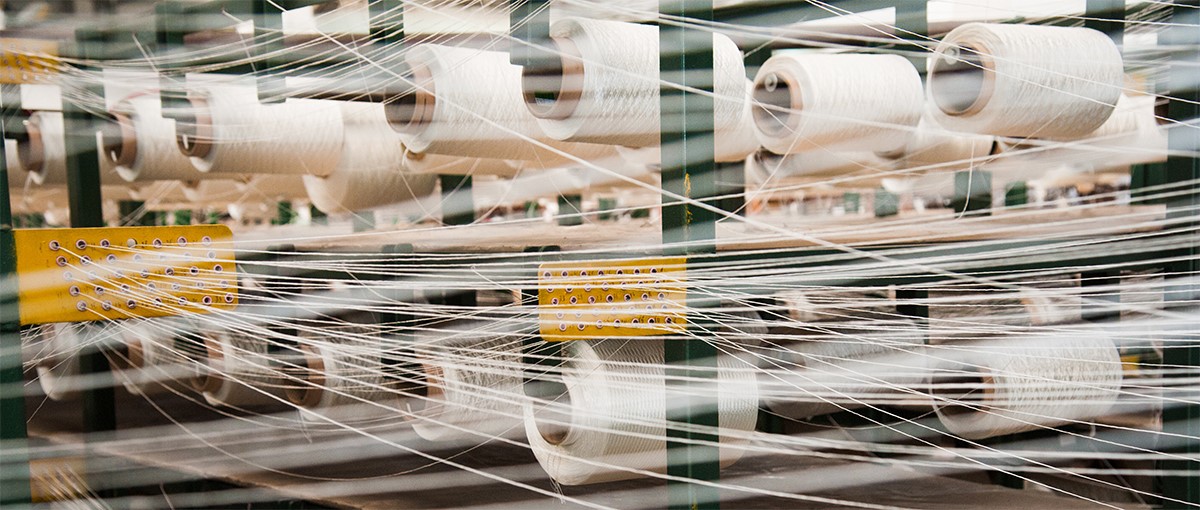circular economy supply chain Sustainability
The role of digital technologies in the circular transition of the textile sector

Digital technologies are transforming the textile sector, an industry with a high environmental impact, towards a more circular and sustainable model. A study conducted by the POLIMI School of Management of the Politecnico di Milano explores how solutions such as IoT, blockchain and artificial intelligence can reduce waste, improve transparency and optimise processes throughout the product lifecycle, laying the foundations for a more responsible and innovative supply chain.
European textile consumption has the fourth highest impact on the environment and climate change. The textile industry faces resource-intensive and environmental issues due to the linear economy, which is based on a take-make-waste approach. Despite the growing awareness of these issues and the industry’s efforts to adopt Circular Economy (CE) practices aimed at reducing waste, reusing materials, and recycling products, the integration of circular principles throughout the entire product lifecycle remains fragmented. In addition, Digital Technologies (DT) like IoT, blockchain, and AI are widely acknowledged as promising enablers of this transition.
A study by Rabia Hassan, PhD student at the School of Management, Politecnico di Milano, in collaboration with Federica Acerbi, Paolo Rosa, and Sergio Terzi, examines the role of digital technologies in the circular transition of the textile sector across product lifecycle stages published in the Journal of the Textile Institute.
The study critically analyzes the literature to offer insights into the possible and efficient use of digital technologies in textile manufacturing from design to the disposal stage. The paper highlights technologies like the Internet of Things (IoT), 3D technologies, blockchain, artificial intelligence (AI), and digital platforms, which are essential in enabling this transition. These technologies enhance supply chain transparency, optimize production processes, and promote recycling and reuse. For instance, IoT allows better materials tracking, blockchain ensures secure and transparent transactions, and AI can forecast trends and manage waste more effectively. The authors proposed a conceptual framework to include these technologies along the product lifecycle stages to assist firms in the textile industry in achieving circularity through digitalization.
Although the application of these technologies has advantages in the textile industry, there are some issues that this industry must meet while adopting them. Some of the challenges are high implementation costs, limited infrastructure, and the need for workforce training. Thus, the authors urge establishing strategic partnerships between IT suppliers and textile businesses, raising awareness about the need for proper government support for sustainable digitalization, and considering other forms of clients’ financing, including leasing and using new technologies as services.





